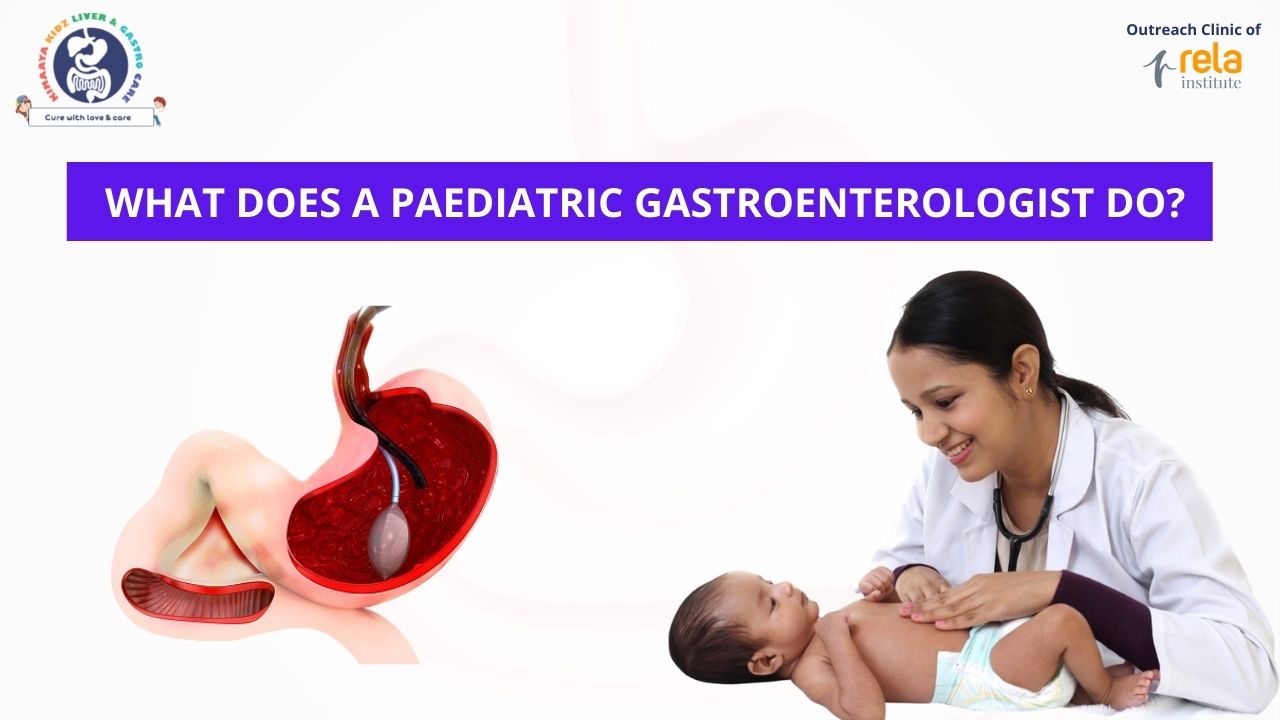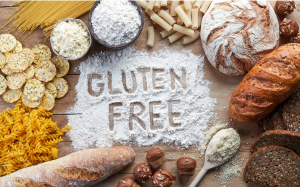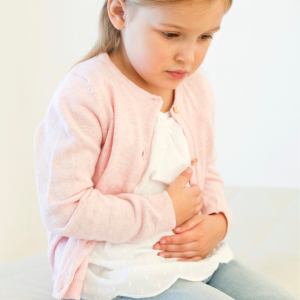Biliary Atresia Symptoms, Causes, Treated, Surgery and Diagnosis
What is biliary atresia?
Biliary atresia is a condition in new born babies in which the bile ducts (tubes draining bile from liver to intestine) are blocked or absent.
Bile is a substance that is made and released by the liver. From the liver, it moves through a network of tube-like structures called bile ducts to the small intestine, where it helps the body break down and absorb food.
In children who have biliary atresia, the bile ducts are blocked because of damage and scarring. As a result, bile can’t flow to the small intestine. Instead, it builds up in the liver and damages it.
Who is affected by biliary atresia?
Biliary atresia is a relatively rare condition present in new born babies. There is no typical predisposition for any gender, race. Any baby can present with typical symptoms beyond first 2 weeks of life.
What are the causes of biliary atresia?
The exact causes of biliary atresia are not known, but may include:
- Inflammation (swelling) and scarring caused by problems with the immune system
- Infection by a virus
- Exposure to harmful chemicals
- Mutations (changes) in the genes.
- In some babies, it is congenital. About one out of every 10 babies suffering from Biliary Atresia also suffer from other congenital problems.
- Biliary atresia is not inherited from the baby’s parents.
This disease is not hereditary, contagious and preventable. It is also not related to a mother’s health or mother did or didn’t do during pregnancy.
What are the symptoms of biliary atresia?
The first sign of biliary atresia is jaundice (skin and eyes appear yellow), a condition in which there is too much bilirubin in the blood. Bilirubin is a substance produced when red blood cells break down. Although most newborns have some degree of jaundice in the first week of life, if it is still present after two weeks, it should be checked out by a doctor.
The baby’s stools color is identical- pale/clay/white
Other signs and symptoms of biliary atresia include:
- Dark brown urine
- A swollen belly (as the liver and spleen grow)
- Difficulty gaining weight
- Ascites (fluid in the belly)
- Liver failure after several months if the biliary atresia is not treated
How is biliary atresia diagnosed?
To diagnose biliary atresia, the doctor will take the baby’s medical history and perform a physical examination. A pediatric hepatologist, a doctor who specializes in working with children who have liver diseases, may also order certain tests, including:
- Blood tests to check the levels of bilirubin and to look for signs of liver damage
- Ultrasound, a procedure that transmits high-frequency sound waves through body tissues. The echoes are recorded and transformed into images of the internal structures of the body.
- Liver biopsy (the removal of cells or tissue from the liver for examination)
- Hepatobiliary scan, in which a radioactive substance (tracer) is injected into the bloodstream. If the tracer is not excreted through the liver, the patient may have biliary atresia.
- Cholangiogram, a surgical invasive procedure in which dye is injected into the gallbladder to see if it has a main bile duct. If it does not, the doctor can diagnose biliary atresia.
How is biliary atresia treated?
There is no cure for biliary atresia. The main treatment is a surgery called the Kasai procedure. In this surgery, the surgeon removes the damaged bile ducts from outside the liver and replaces them with a piece of the patient’s small intestine. The small intestine will then drain the liver directly to the small intestine.
It should be usually performed as early as possible within 90 days of life for good outcome.
If the surgery is not successful, the child will likely need a liver transplant. The child may need a liver transplant even if the surgery is successful, depending on when the surgery is performed & how the liver condition at the time of surgery.
What are the risks of surgery for biliary atresia?
- Bleeding
- Cholangitis (infection of the bile ducts and liver)
- Perforation – Hole in the intestine, which can cause a leakage of the intestinal contents into the belly
- Blockage of the intestine caused by scarring
What is the outlook (prognosis) for patients who have biliary atresia?
If the child does not have surgery, he or she will usually not live past age 2 without a liver transplant. After the Kasai procedure, how long a child will live without a liver transplant depends on when the procedure was done and the condition of the liver at the time of surgery. Even with a successful surgery, many patients will need a liver transplant at some point in their lives.
/*54745756836*/







 • WHAT IS RECURRENT OR CHRONIC PAIN ABDOMEN?
• WHAT IS RECURRENT OR CHRONIC PAIN ABDOMEN?